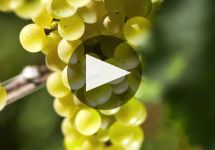Louis Latour Beaune Vignes Franches Premier Cru 2015
-
James
Suckling -
Wine
Spectator



Product Details
Your Rating
Somm Note
Winemaker Notes
Professional Ratings
-
James Suckling
Subtle aromas of bark, mushrooms and light strawberries follow through to a medium to full body, firm and silky tannins and light vanilla-bean character, even chocolate. Glorious. Drink in 2020, but this is already gorgeous.
-
Wine Spectator
Exuding pure cherry and black currant flavors, this red is supple and succulent, with elements of earth, spice and bittersweet chocolate. Harmonious and long, with ample grip on the finish for aging. Best from 2020 through 2032.
Other Vintages
2022-
James
Suckling -
Wine
Spectator
-
Wilfred
Wong -
Wine
Spectator
-
James
Suckling -
Wine
Enthusiast -
Robert
Parker
-
Wine
Spectator -
James
Suckling
-
James
Suckling
-
James
Suckling
-
Wilfred
Wong -
Wine
Spectator -
Wine
Enthusiast
-
Wine
Enthusiast
-
Wine
Spectator -
Wilfred
Wong
-
Wine
Enthusiast
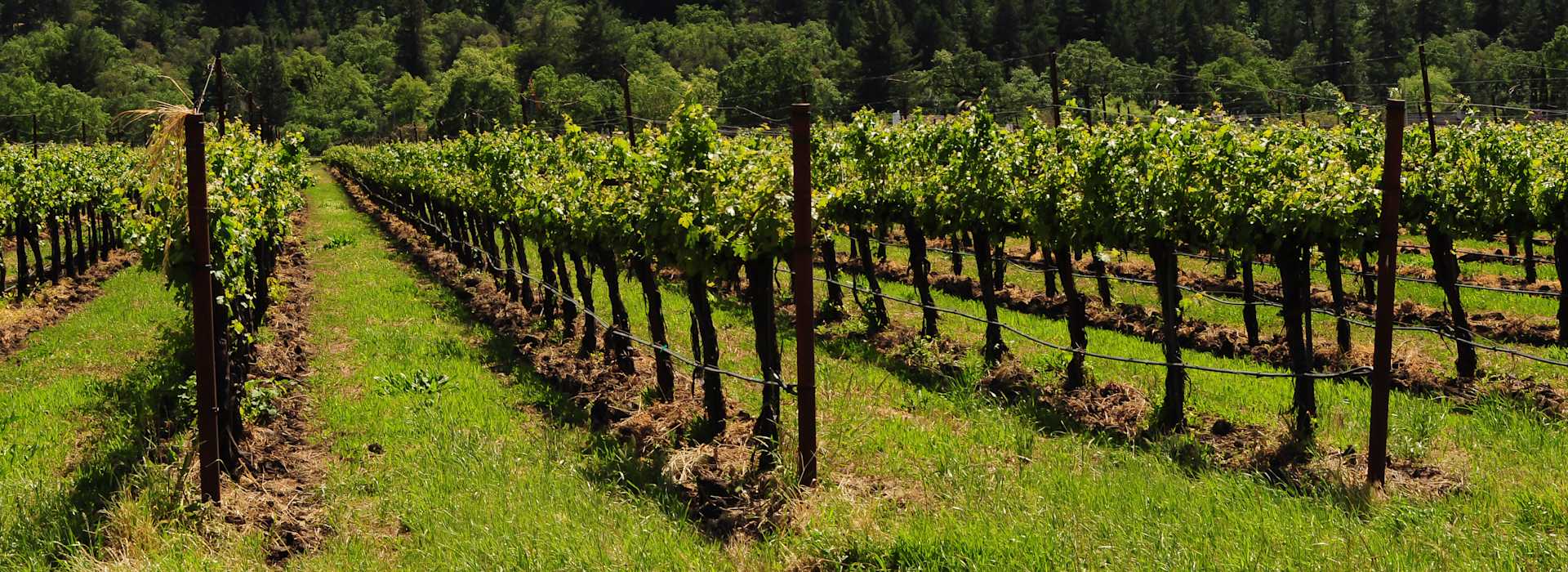
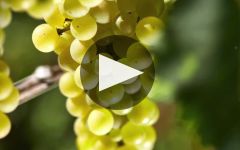
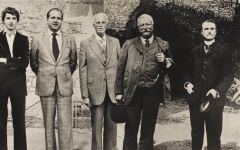
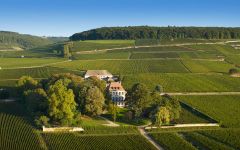
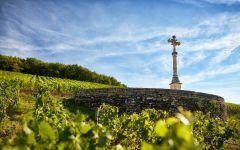
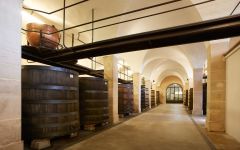
Maison Louis Latour is one of the most highly-respected négociant-éléveurs in Burgundy. Maison Louis Latour is the producer of some of the finest Burgundian wines but has also pioneered the production of fine wines from outside Burgundy's confines. These wines from the Ardèche and the Côteaux de Verdon are slowly gaining esteem for their unmatchable quality outside Burgundy.
All the grapes from the vineyards owned by the Latour family are vinified and aged in the attractive cuverie of Chateau Corton Grancey in Aloxe-Corton. The winery was the first purpose-built cuverie in France and remains the oldest still functioning. A unique railway system with elevators allows the entire wine-making process to be achieved by the use of gravity. This eliminates the threat of oxidation from unnecessary pumping of the must. Since 1985, Louis Latour has been selling the wines of its own vineyards under the name Domaine Louis Latour.
Louis Latour has been a leader in environmentally responsible winemaking for over 15 years. Louis Latour has had ISO 14001 accreditation for Environmental Management Systems since 2003 and has been part of the European association FARRE since 1998- a group of like-minded companies who seek to develop and promote sustainable methods of agriculture.

Thin-skinned, finicky and temperamental, Pinot Noir is also one of the most rewarding grapes to grow and remains a labor of love for some of the greatest vignerons in Burgundy. Fairly adaptable but highly reflective of the environment in which it is grown, Pinot Noir prefers a cool climate and requires low yields to achieve high quality. Outside of France, outstanding examples come from in Oregon, California and throughout specific locations in wine-producing world. Somm Secret—André Tchelistcheff, California’s most influential post-Prohibition winemaker decidedly stayed away from the grape, claiming “God made Cabernet. The Devil made Pinot Noir.”

While the city represents the epicenter of wine production in Burgundy, the term, “Beaune” also refers to the specific sub-appellation of the greater Côte de Beaune, whose vineyards climb up the pastoral slopes that border the city to its west. Originally founded as a Roman camp by Julius Caesar, the city of Beaune eventually became the seat of the dukes of Burgundy until the 13th century. Today it is home to top négociants such as Louis Jadot, Joseph Drouhin, Louis Latour, and Bouchard Père et Fils.
The appellation, dominated by Pinot Noir plantings, represents a lovely and charming place to begin to understand red Burgundy. Its sandy soils create light and supple, floral driven Pinot Noir. These wines are designed to be enjoyed within five to 10 years. The vineyards of Beaune span a broad swath of Premier Crus from Savigny-lès-Beaune to its border with Pommard.
Chardonnay acreage here has been increasing here in the more recent years.
